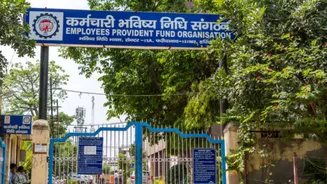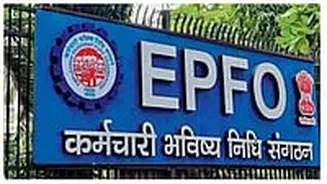The Centre rolled out the Employee Enrollment Scheme 2025 under the Employees’ Provident Fund Organisation (EPFO) on Saturday, November 1. Union Minister
of Labour and Employment Mansukh Mandaviya launched the initiative during the 73rd foundation day of the EPFO, highlighting the importance of social security. “EPFO is not merely a fund; it represents the trust of India’s workforce in social security,” Mandaviya said. The scheme, which became effective immediately, allows employers to voluntarily register eligible employees under the EPFO, even if their contributions were not deducted earlier. According to the ministry, employers will not be required to remit the employee’s share of PF contribution if not previously deducted, and only a nominal penalty of Rs 100 will be applicable. Who Can Participate? The scheme applies to employees who joined an establishment between July 1, 2017, and October 31, 2025, and were not previously enrolled in the EPF scheme. Only those employees who are currently employed and alive on the date of the employer declaration are eligible. All establishments can participate, even if under inquiry under Section 7A of the EPF Act, paragraph 26B of the scheme, or paragraph 8 of the Employees’ Pension Scheme, 1995. Employers are responsible only for their own PF contributions for the designated period, along with the Rs 100 fee. The EPFO will not take automatic action against employers opting for the scheme for employees who have already left the organisation. Benefits Of The New Scheme The Employee Enrollment Scheme 2025 is introduced to expand the formal workforce, promote social security, and encourage voluntary compliance among employers. The Ministry of Labour and Employment stated that initiatives like this, along with the proposed wage ceiling increase to Rs 25,000, are part of efforts to bring more employees under EPF coverage, making it easier for businesses to comply while safeguarding workers’ retirement benefits. By simplifying enrolment and reducing penalties, the scheme is expected to significantly increase participation and strengthen India’s social security framework.













